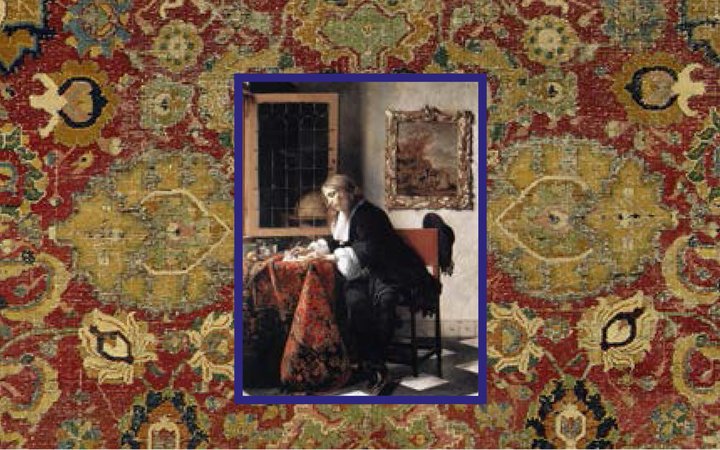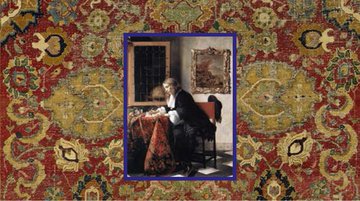6 April - 2 July 2016
The exhibition, organised by Galleria Moshe Tabibnia, accompanied by a rich catalogue, as well as an exhaustive cycle of thematic conferences, was designed in order to shed light on the multiple roles that rugs played both in European and Italian painting traditions. The profound religious meaning that these artifacts carried in the Eastern tradition, in which they became “Sacred Ground”, destined for prayer, functioning as a symbolic connection between the secular and the celestial world, adapted very easily to the content of Western carpet art. When represented in sacred art, usually at the feet of the Virgin Mary, carpets alluded to royalty and Christian spirituality; when they were at the feet of kings and historical characters, they would then refer to secular power. In still lives and vanitas paintings, carpets helped enhance the allegorical and philosophical meanings carried by these forms of art.
After exploring the fascinating juxtaposition of important rugs from the Moshe Tabibnia Collection with paintings just as prestigious, visitors will get the chance to move from admiring extraordinary textile art to enjoying the paintings on display at the Milan museums nearby, Pinacoteca di Brera and Museo Poldi Pezzoli.


